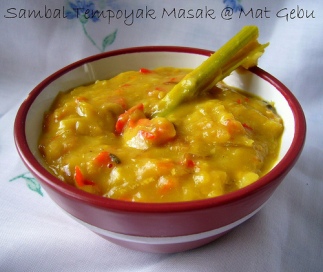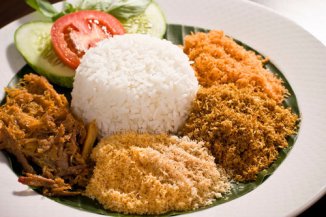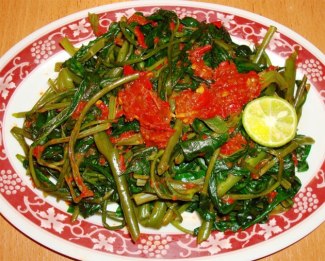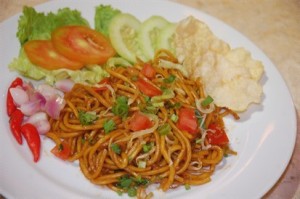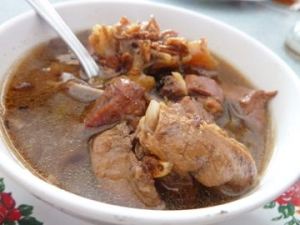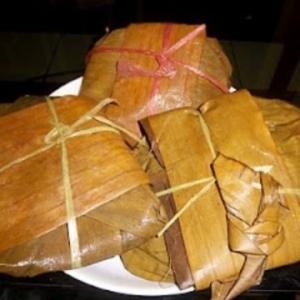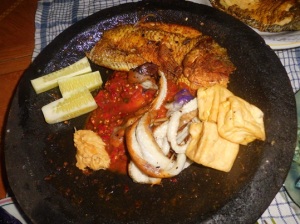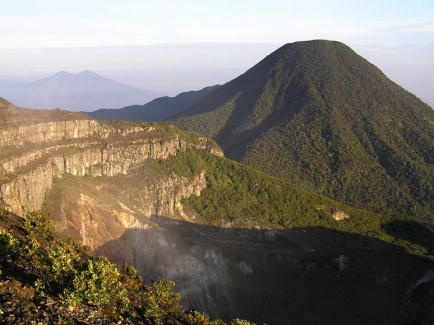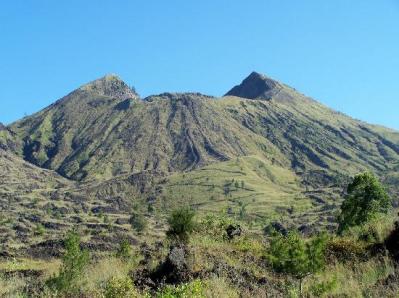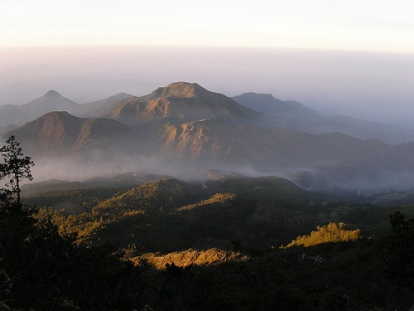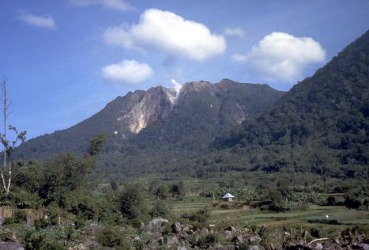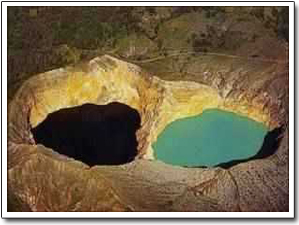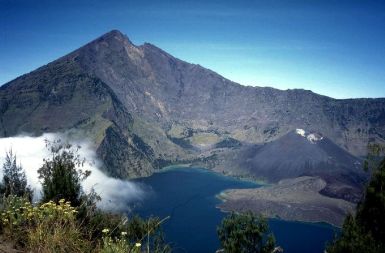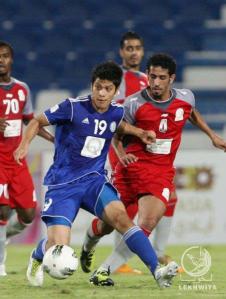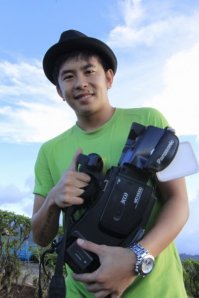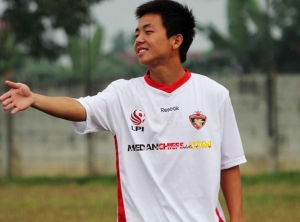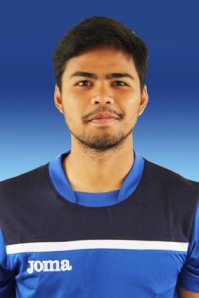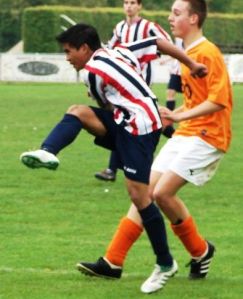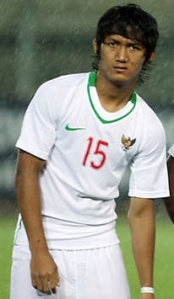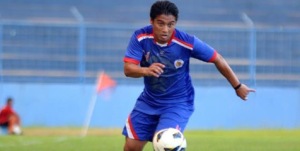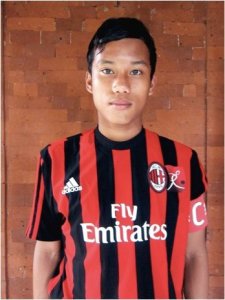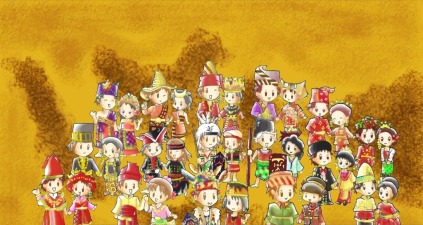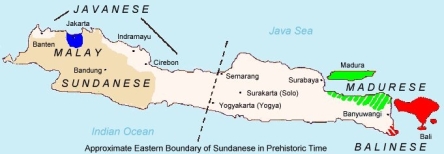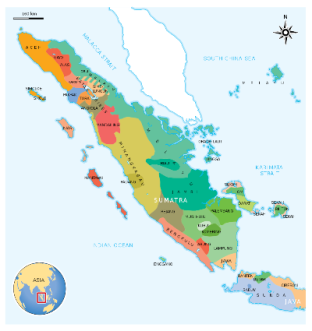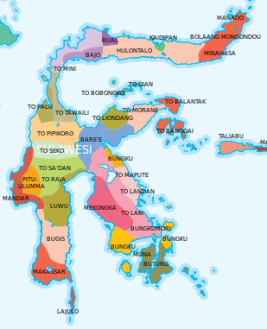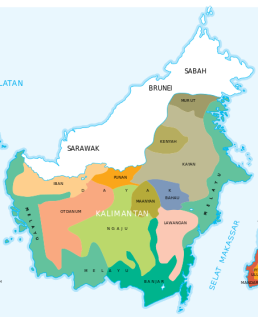We all certainly know already if Indonesia has a wealth of delicious culinary variety and unique, where each region has food or dishes that became the hallmark of each area.
In my article this time, I’d like to unveil 10 Indonesia specialities that are unique and interesting. May be useful and is getting increased insight and our love of culinary Indonesia. Happy reading
1. TEMPOYAK ( Pelembang, Jambi dan Bengkulu )
This meal is made from fermented durian fruit which is ripe that served as a condiment. soripe durian fruit fermented cooked with some mixture of yesteryear to make chili sauce andfries. like sambal goreng. TEMPOYAK is a typical food of 3 regions namely: Pelembang,Jambi and Bengkulu.
2. NASI KRAWU ( Gresik )
This meal is a mixture of rice and beef with high levels of oil are included. There are unisex which adds rempelo (intestines, tripe etc), cow’s eye, even cingur. This food did not use vegetables. The interesting thing about nasi krawu is though these foods typical of Gresik, but all of the seller is the madurese.
3. GULAI SIPUT ( Riau )
Perhaps for this slug or snail is known to us as pests of rice and livestock feed or simply for a duck just turned out to be in the hands of the community–Tanjung pinang of Riau, slugs can be a delicious dish. Gulai slugs themselves in Malay dialects Kuantan Singingi is referred to as “Gulai Cipuik“, is in the Malay language called Lengkitang Rokan.
4. PAPEDA / BUBUR SAGU ( Maluku dan Papua )
These foods are found in almost all areas in Maluku and Papua. Sago flour made fromPapeda. The author is the population in the Interior of Papua. Sago flour made by Rodmenyerut Sago. Sago stems initially cut. Then bonggolnya squeezed until sari patinya out.from sari starch was obtained pure sago flour ready to be processed. Sago starch is thenstored in a tool called Tumang. papeda is usually eaten with a sauce made from yellowmackerel or herring mubara and seasoned with turmeric and lemon.
5. SEGO JAMBLANG / NASI JAMBLANG ( CIREBON )
The name is derived from the jambul on the West of the city of cirebon in the place of originof the food. Just the same as other foods that the bottom line is the rice and side dishes.This regular Jambul Sego is served and eaten with side dishes such as fish, eggs, tofu,tempeh, chilli sauce, crackers and other side dishes. However, typical of this was served and Jambul Sego using teak leaves as the rice wrap. No matter that they are presented as a buffet.
6. PLECING KANGKUNG ( Lombok dan Bali )
Plecing Kale Kale which consists of stewed and served in a chilled and fresh spicy tomato,made from cayenne pepper, salt, shrimp paste and tomatoes, and sometimes were givendrops of lime. as a companion to plecing, water convolvulus Taliwang Chicken is usually served with vegetables such as bean sprouts, string beans, fried peanuts or urap. Kangkungwhich was used for cooking is also very typical, unlike common vegetable sprouts plants on the island of Java, but in the form of a water Cress is usually planted in the river that flowsby the method specified. that resulted in large ingot with stir-fried crispy.
7. MIE ACEH ( ACEH )
From the name alone are familiar, all surely know where the origin of these foods if theyhear his name. Thick yellow noodles with sliced beef, goat meat or sea food like shrimpcalamari and others. the soup was served in a kind of savory and spicy curry. The noodlesare available in two types of Aceh, Aceh Noodles Fried (fried and dried) and Noodle Soup(soup) of Aceh. Usually sprinkled with fried onion and served with chips. pieces of onion, cucumber and lemon.
8. RABEG ( Banten )
Typical food of banten which are also Arab acculturation is food–this is apparently a favoritedish of Banten, the Sultan of Banten, the main raw material is goat meat and offal.Seasoning spices most prominent was the ginger and pepper, with a little taste of red chillies
9. PENDAP ( Bengkulu )
Pendap is a typical food of Bengkulu. These foods are often hunted to tourists as souvenirs to take to their home areas. Pendap made of Marinades that are varied, such as garlic, kencur, milledand chilli. then, the ingredients are mixed evenly with grated young coconut, then wrapped with leaves of taro, put a piece of fish, and then simmered for eight hours.
10. SERUIT ( Lampung )
Harpoon is the name of a Lampung specialties fish and chilli sauce. Its main ingredients are fish, shrimp paste, sambal tempoyak, mango and vegetables. It all blended into a flavorful sauce is typical. It tastes sour, spicy and fresh-eaten warm with rice. Especially if accompanied with pindang patin and sherbet (kuini mango juice).
